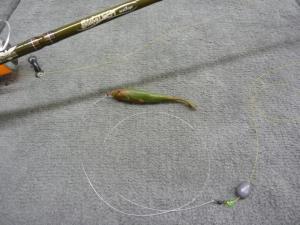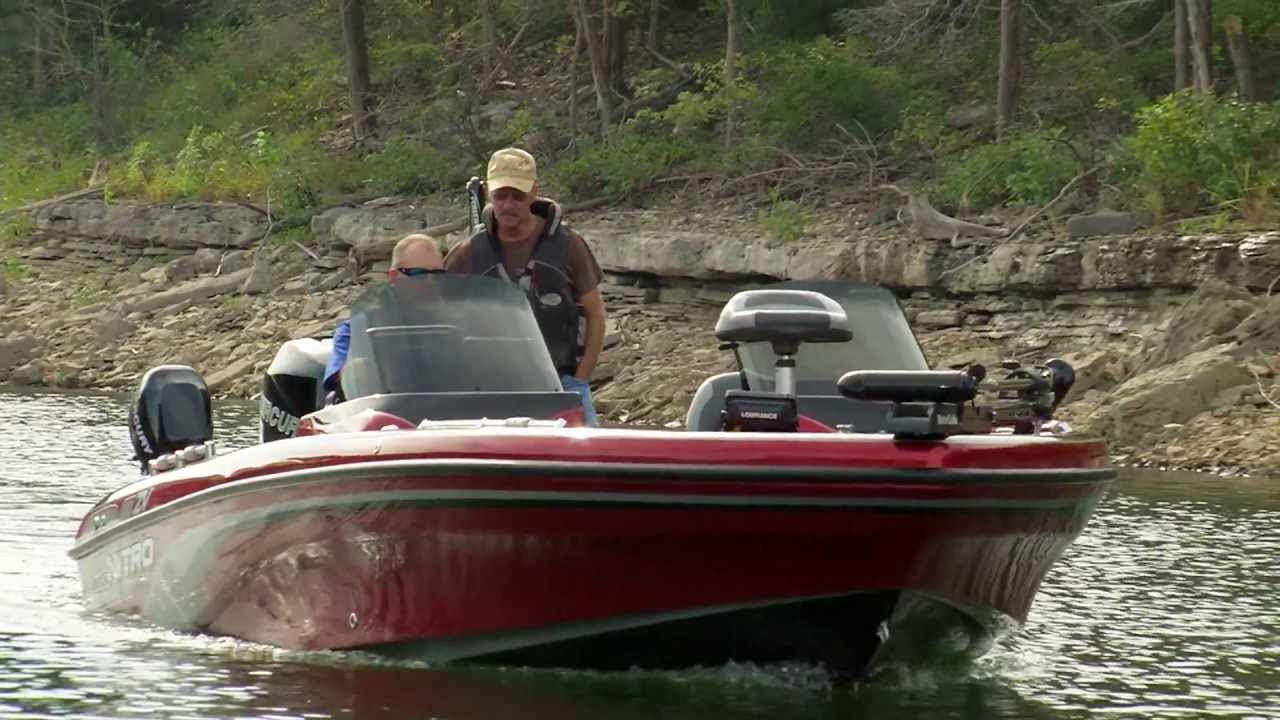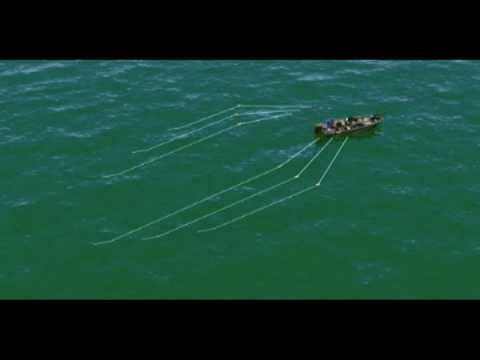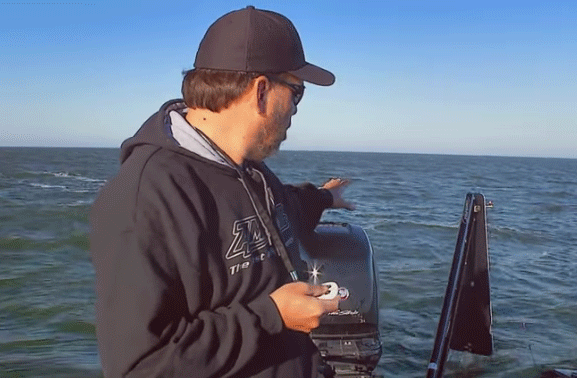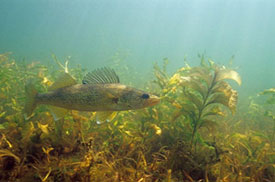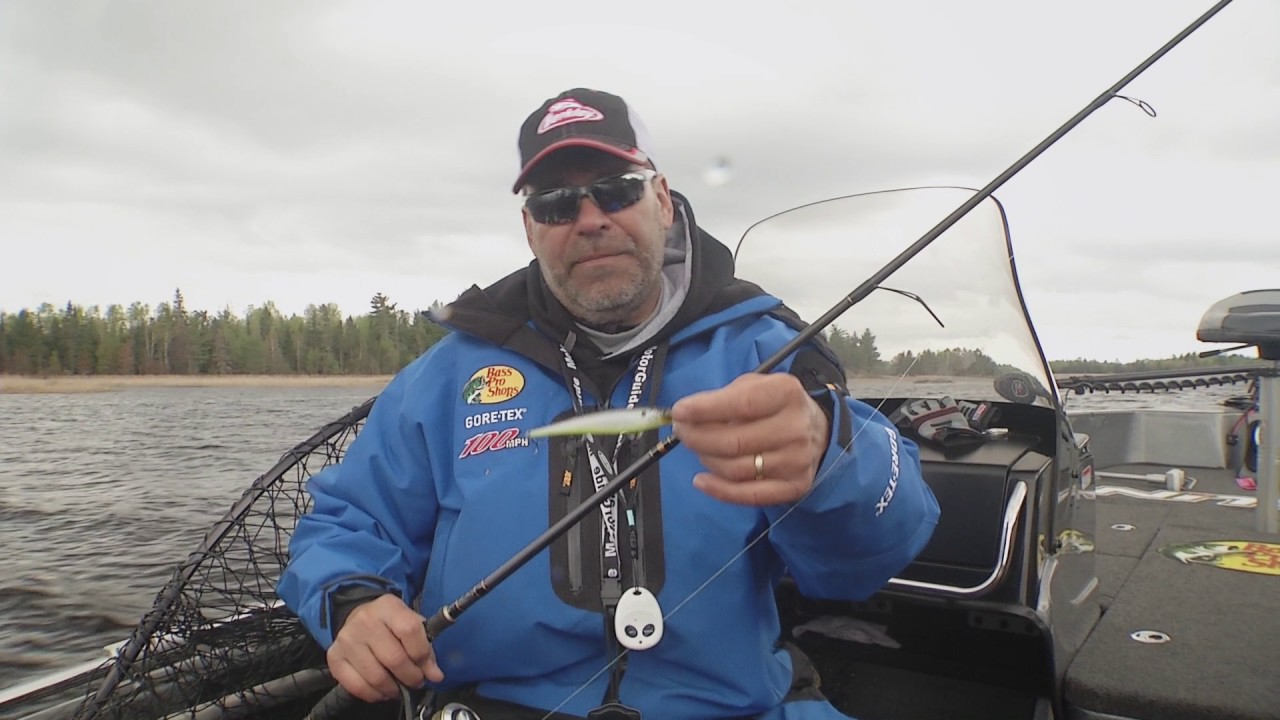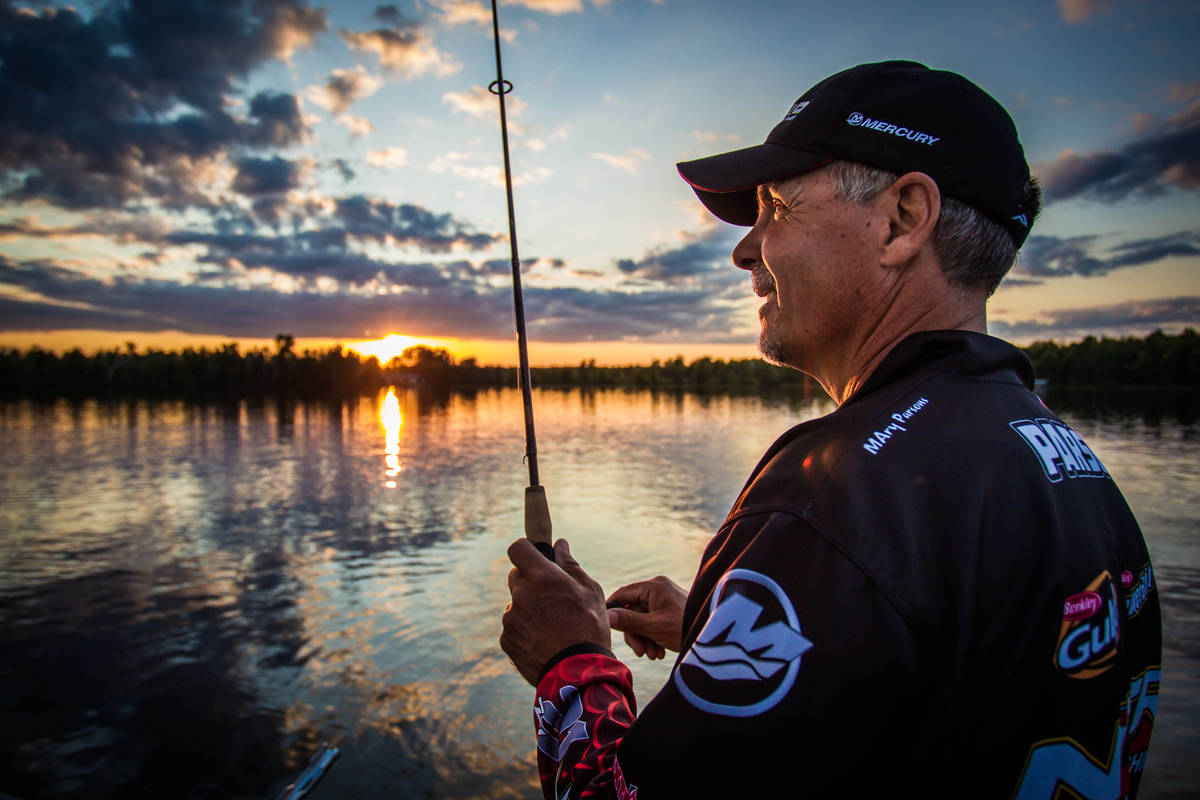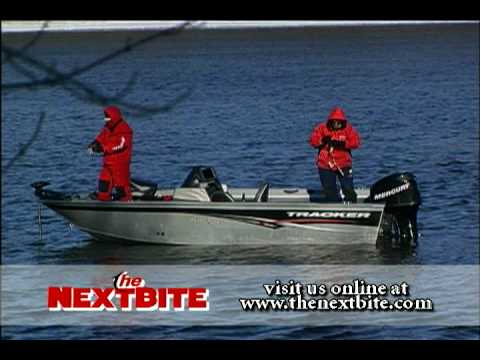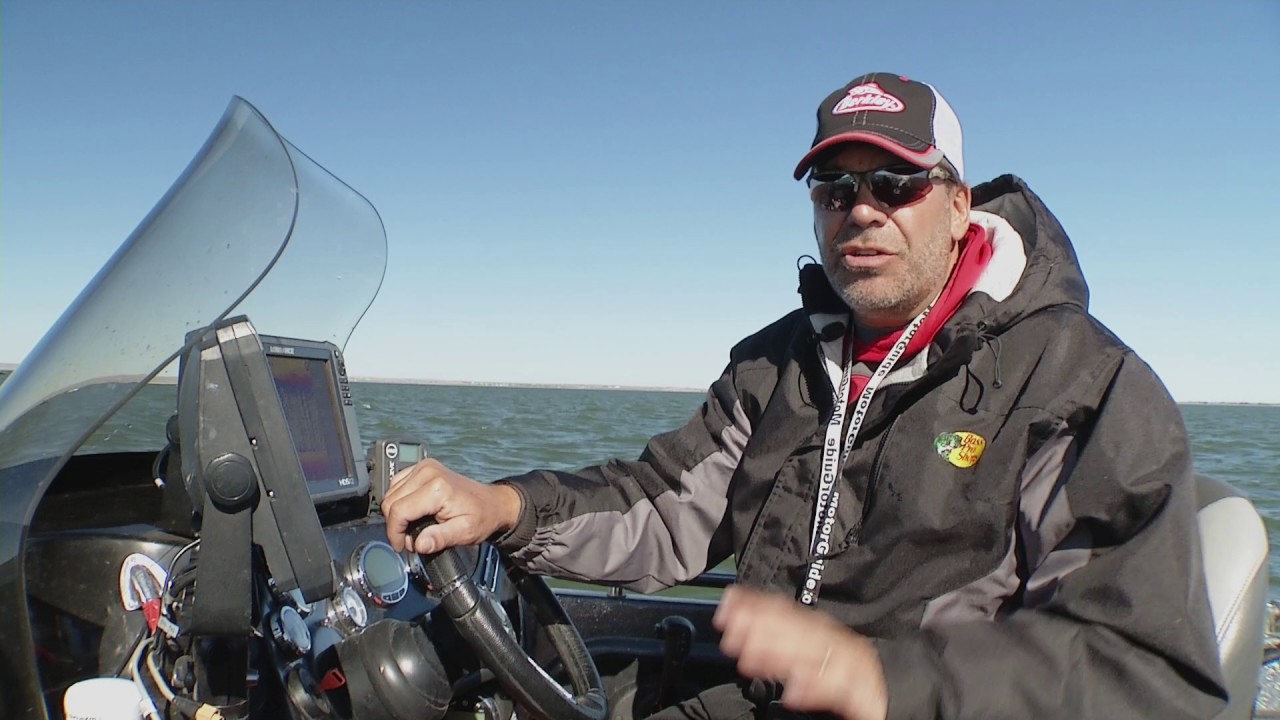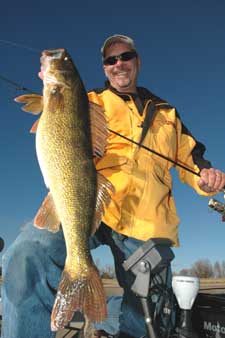
River walleyes seem to constantly be on the move. They move up river in Fall and through the Spring, and then back down the river for Summer. Even in rivers known to harbor “resident” fish (those that pretty much stay in the river sections all season) the walleyes are constantly on the move in search of just the right current and feeding opportunities. A river is an environment of constant change. Water levels raise and drop, current goes up and down. Take the Missouri River section between Lake Oahe and Lake Sakakawea in North Dakota as an example; on this historic body of water, even the sandbars move almost on a daily basis. This could mean that where you found an ideal backwater or current break that was holding a ton of walleyes one day might be either a dry sandbar or a raging channel the next. That means the walleyes are constantly needing to move to find ideal feeding and resting areas. When you’re trying to target nomadic fish like these, few presentations contact fish more efficiently than trolling crankbaits.
Total Solutions Technique
Trolling crankbaits for river walleyes is not at all the same as trolling cranks for open water fish. In a river, it’s important to keep the lure near the bottom – even ticking bottom occasionally. Most of the fish will either be along the edges of the channel (these are typically fish that are on the move), or you may find them on shallow slack-current flats where they set up to feed. There are occasions where the fish will be in the main channel, especially if the channel bottom offers cover for fish to get out of the main current. This might be in the form of rocks, wood or “dunes” (areas where the current has forms ridges in a sandy bottom creating ideal spots for fish to lay out of the current waiting for a meal to come floating by). In most cases you’ll be targeting depths from as shallow as 4 or 5 feet to a depth of 15 feet. Choose a crankbait that will tick the bottom at the depth you’re targeting, letting it out behind the boat until you feel it begin to hit bottom. Reel up a couple turns and you’re fishing.
You can set the rods in rod holders, but many “river rats” like to hand-hold their rods so as to better “feel” what the crankbait is doing and when a fish hits. This is one trolling scenario where the use of in-line boards is not normally used. The fish will typically be in rather specific depths along a break, so keeping the boat at that depth and the lures running straight behind the boat works just fine. Occasionally a little “spread’ to the trolling pattern is helpful and in those cases, going with extra long trolling rods (10 to 12 feet) usually adds just the right amount of spread for optimum coverage.
 Once fish are contacted, don’t hesitate to pull up lines, swing around and make another pass through that area. These fish hold in specific spots for these short periods of time for a reason, so if you contact one, chances are there are several others in that spot.
Once fish are contacted, don’t hesitate to pull up lines, swing around and make another pass through that area. These fish hold in specific spots for these short periods of time for a reason, so if you contact one, chances are there are several others in that spot.
Walleyes will position themselves so they are facing into the current. This gives them the best vantage point for seeing and picking off prey. Most river trolling is done against the current because it gives you the most control with both speed and boat control. By slowly moving upstream, you can keep a bait in the fish’s strike zone for a longer period of time and have a better chance of getting bit. That doesn’t mean going with the current is out of the question. Often you can get a crankbait down a little deeper trolling with the current; however this usually only works if current is very slow in the area you’re trolling.
Total Solutions Equipment
The typical river crankbait trolling set up will be an 8 to 8 and a half foot long, medium action baitcasting or trolling rod with a reel spooled with 10 pound test line. Many veteran river trollers use no-stretch super lines like Berkley FireLine. FireLine’s small diameter cuts through the water more efficiently than mono, allowing you to get a little more depth from your crankbait. Because the line is no-stretch, it’s also very sensitive, making it easy to feel the vibration of the lure and helping you detect if the bait picks up any debris and stops working (a very common issue when trolling in rivers since a lot of debris can be floating down stream).
Good lure choices for this type of trolling would include shad baits and small minnow-style cranks like the Berkley Flicker Shad and the Berkley Flicker Minnow. This method of trolling has proven deadly on many rivers throughout walleye country and while it is most often used in late spring and early fall, it’s a good tactic to try throughout the season.
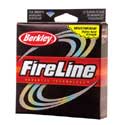 Berkley® FireLine® |
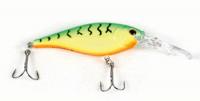 Berkley® Flicker Shad® |
Berkley® Flicker Minnow® |

